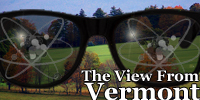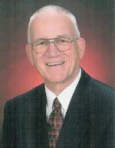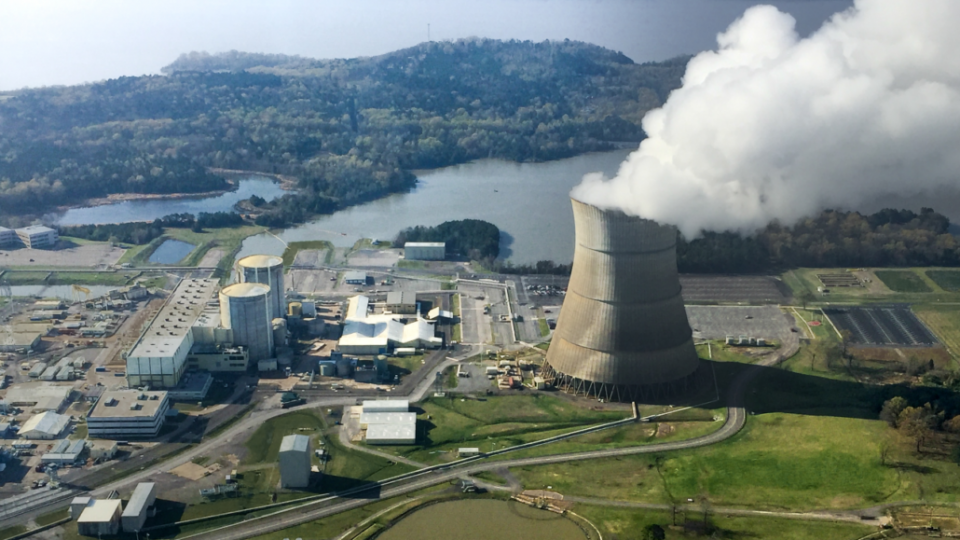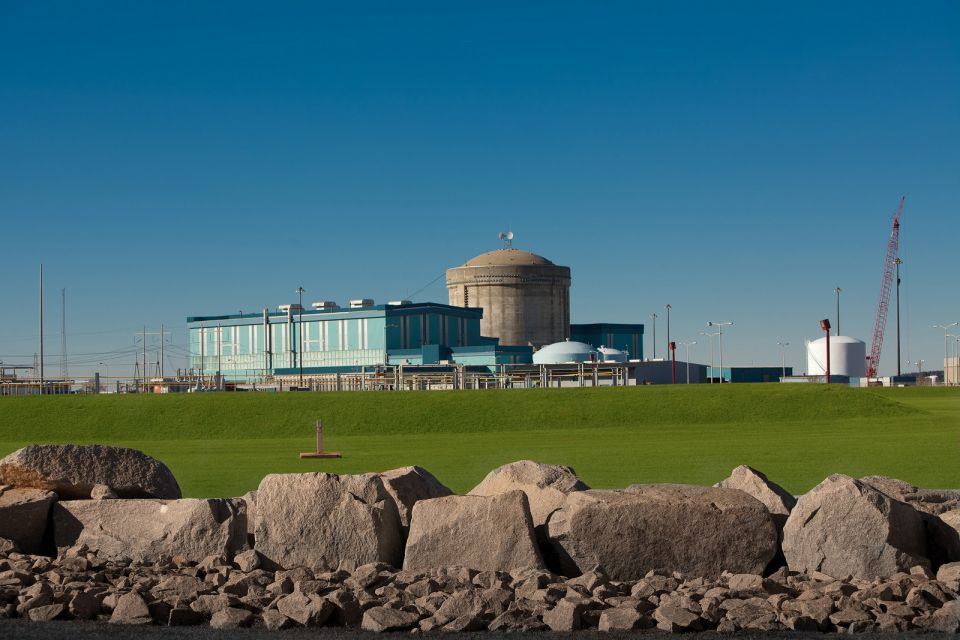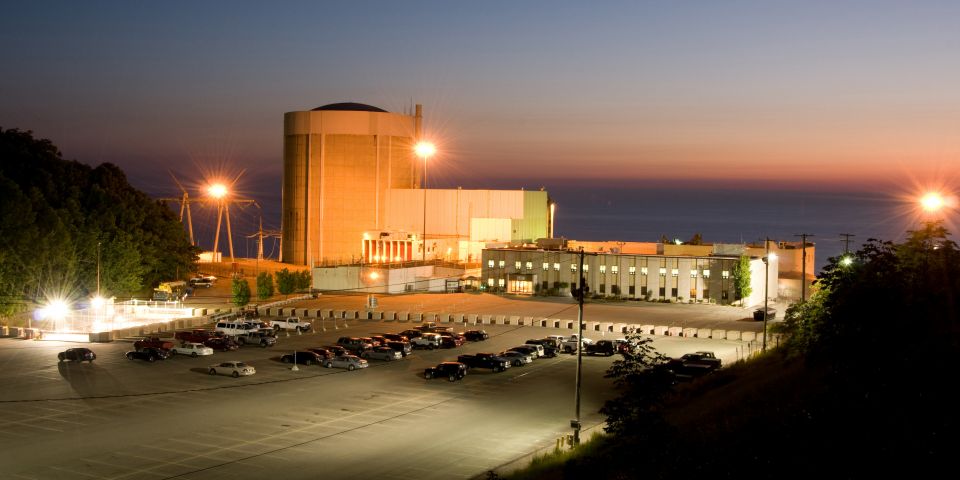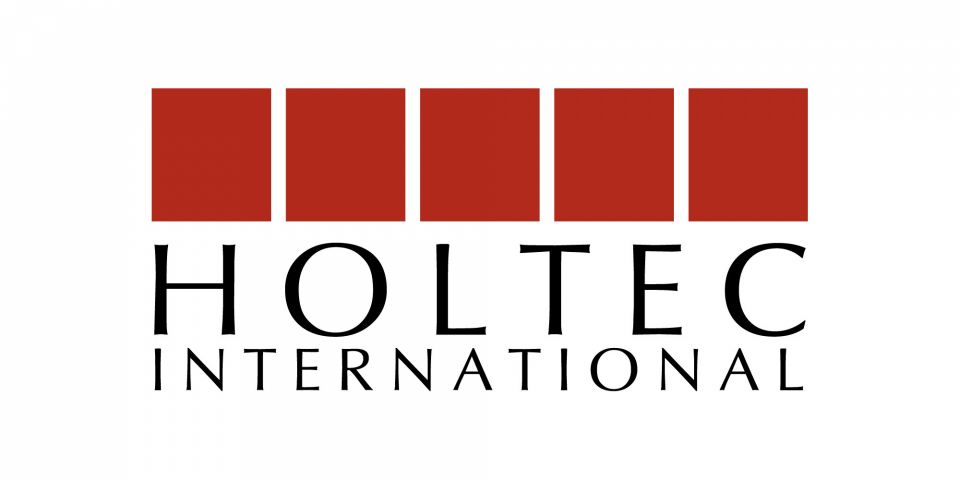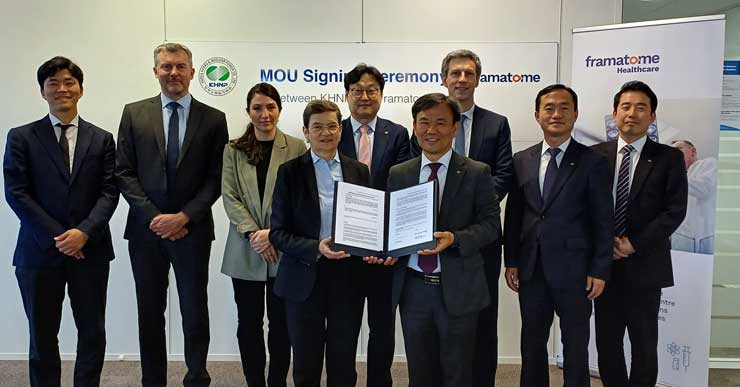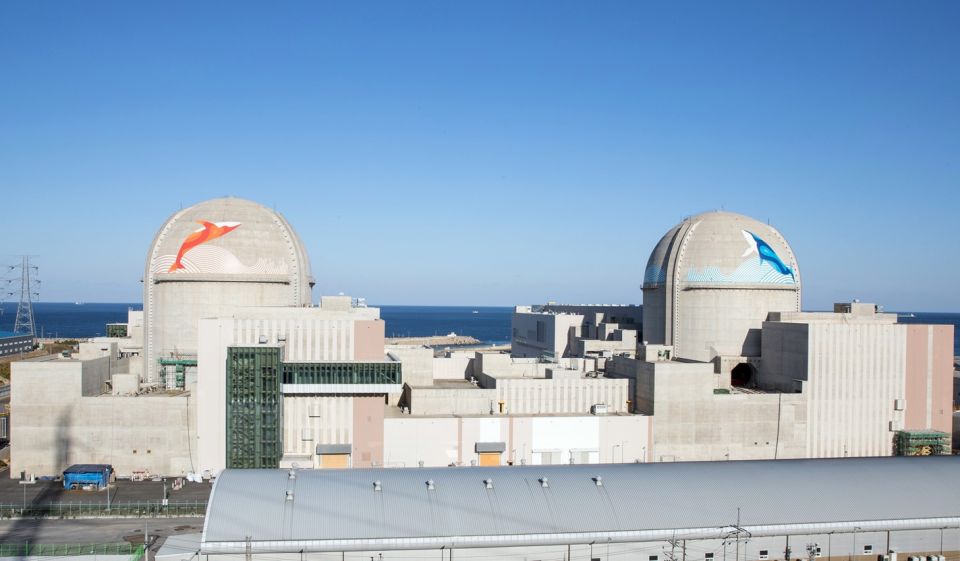Transparent Radiation - A Film
The View from the Panel
By Howard Shaffer
The 30-minute film Transparent Radiation was produced by Hillary Archer, who serves as project manager of media communications at the Gund Institute for Ecological Economics at the University of Vermont. The film was made to "publicize a certain viewpoint," according to the producer. The film premiered at the Burlington International Film Festival, but unfortunately when neither Meredith Angwin nor I could attend. (At the premiere, there was a panel to discuss the film and answer questions after the showing. At that time, a pro-nuclear organization was invited to participate in the panel, but that organization's invitation was forwarded to another pro-nuclear organization, which turned it down because the latter suspected that the film would be anti-nuclear. It is.) Two trailers on YouTube: One & Two
I inquired as to when the film would be shown again, and was invited to a showing and to be on the panel for a November 30 program at the University of Vermont.
The venue
 The November 30 showing took place in a lecture room with seating for 80, with about 90 persons attending. The audience consisted mostly of students, with a smattering of faculty, and three or four members of the public. About 25 percent of the students attended to receive class credit, per a show of hands requested by the moderator. The panel consisted of myself and Dr. Ed Maher, immediate past president of the Health Physics Society; Dr. John Todd of the Gund Institute; Nancy Jack Todd, who edits Annals of Earth; and Arnie Gundersen, of Burlington, Vt., who is a ubiquitous anti-nuclear engineer and a YouTube presence.
The November 30 showing took place in a lecture room with seating for 80, with about 90 persons attending. The audience consisted mostly of students, with a smattering of faculty, and three or four members of the public. About 25 percent of the students attended to receive class credit, per a show of hands requested by the moderator. The panel consisted of myself and Dr. Ed Maher, immediate past president of the Health Physics Society; Dr. John Todd of the Gund Institute; Nancy Jack Todd, who edits Annals of Earth; and Arnie Gundersen, of Burlington, Vt., who is a ubiquitous anti-nuclear engineer and a YouTube presence.
The format
The moderator, Dr. Jon Erickson of the Gund Institute, stated that the format would consist of screening the film, followed by 2- to 3-minute self-introductions and reaction to the film by each panel member, and questions from the audience.
The film
Dated March 2011, the film was apparently inspired by the Fukushima-Daiichi accident. The title had a scary sound track, and it began by showing the tsunami inundating the Fukushima-Daiichi site, and followed with scenes of suited workers carrying out a black plastic body-sized bag, and the hydrogen explosions of one of the units from two different angles. Next were shots of bomb explosions and missiles.
Most of the film consisted of interviews with staff at the Gund Institute, asking their opinions of nuclear power. Also interviewed was a well-known and wealthy anti-nuclear activist in Vermont, whose family's foundation makes grants to many anti-nuclear organizations. The interviewees spoke of problems with nuclear power, and then moved on to the need for sustainability, conservation, efficiency, and alternative energies. Nuclear power was tied to a lifestyle of ever-growing consumption, and made the villain for our consumer society. Unfortunately, technical errors in the film included a misstatement about the number of years of nuclear fuel available, and an assertion that power reactors were developed to provide weapons material. A bright spot near the end of the film was a recognition that there is no risk-free energy source.
The panel
When my turn came, I mentioned my career, beginning at the nuclear submarine prototype USS Nautilus in 1963. My comment on the film was that it certainly did promote "a certain viewpoint," but with errors. Citing no mention in the film of why nuclear power was originally developed, I quoted the recent Environmental Protection Agency press release on its proposed Cross-State Air Pollution Rule (the release came to my attention through a forward by Mark Norsworthy in the American Nuclear Society Social Media list). I read, "The Rule will prevent 34,000 premature deaths, 15,000 non-fatal heart attacks, 19,000 cases of acute bronchitis, 400,000 cases of aggravated asthma, 1.8 million sick days, and $280 billion in costs-per year." I then said that it still looks like Congress made a good choice in the 1950s when it chose nuclear power to replace coal.
Dr. John Todd in his introduction told the story of being on Cape Cod during the Three Mile Island accident, and being terrified of the radioactive cloud approaching, and there being no place to go to escape. After that, he became permanently against nuclear power. He is not the first nuclear opponent I have met and talked with who was permanently traumatized by the TMI accident. It appears, likewise, that the film's producer was traumatized by the Fukushima accident. My conclusion is that some traumatized people will remain opposed to nuclear power all their lives, and we will have to deal with this fact.
Nancy Jack Todd just said that she is against the Vermont Yankee nuclear power plant. Later, she said (mistakenly) that the East Coast earthquake that affected the North Anna plants in Virginia caused a large radioactive release.
Arnie Gundersen cited his work as an expert witness, and agreed with the film.
Dr. Ed Maher described what health physicists do, and his credentials. He stated his support for nuclear power.
The questions and answers
The moderator moved immediately to questions from the audience, picking responders from panel members who indicated they would answer, and allowing follow-ups to answers by other panel members. The session was scheduled for 4:00-5:30, including the 30-minute film, but continued for an additional 45 minutes and ended only when we had to leave the room so it could be prepared for another group. Conversations continued in the hallway. The producer recorded the Q&A, and we were promised a DVD of it.
Questions covered
The externalities of all power sources
There were two questions on this topic. The replies from others on the panel were vague. One response reported the installation of tide-driven hydro generators along the Korean coast, with enough units planned to equal four nuclear power plants. I had listed the airborne externalities of coal in my introduction. Dr. Maher discussed the amount of land used for solar and wind. I cited the Inhaber Report used by the Canadian government 30 years ago, and a recent Washington Post article reporting on an update study a few years ago.
The legal tangle and lawsuits involving Vermont Yankee
The Vermont Yankee plant was accused of breaking its word in not following state law, as agreed to in a Memorandum of Understanding. I replied that in my citizen's opinion, the Vermont legislature violated the Constitution by passing a law changing a contract after the fact.
Reactor fuel and weapons
It was stressed that weapons can't be made from power reactor fuel. If they could be made this way, it would be done. The ironic proof is the Chernobyl design. A special design was needed to produce electric power and to breed plutonium 239 at the same time, requiring removal of the fuel after a short time, while the reactor was running.
In follow-up after the session, it was stated that fuel cycle technology (the factories) can be retooled to produce weapons-that it is fuel cycle technology that Iran and North Korea are using. It was then asked if power fuel could be taken and put back through the fuel production cycle to provide weapon material. The reply was that this would be like building cars so that one could then melt them down into tanks. Too much work. Anyone who wants to cheat will start at the beginning.
Nuclear fuel availability
The film stated that there is only 30 to 40 years of fuel available. The reply was that it has always been intended to have breeder reactors to use all the uranium. With a thorium fuel cycle available and proven, there is perhaps 1,000 years of fuel for everyone on earth.
Vulnerability of the GE Mark I containment
It was stated that the Fukushima reactors that melted all have GE Mark I containments, as do 23 reactors in the United States. Mr. Gundersen said that all Mark I's should be shut down, and he had predicted that the next accident would be at a Mark I. I said that the types of reactors are irrelevant. Any reactor that lost cooling for that long would melt down. Mr. Gundersen then referenced a memo by Stephen Hanauer from years ago, saying that the MK I was vulnerable.
Nuclear power and alternatives
To be for nuclear power is not to be against conservation, efficiency, wind, and solar power. I am in favor of them all. But I asked, "What is the transition plan to get to an all-alternatives power supply? What do we do tomorrow? Do we shut down all the coal and nuclear power plants? How do we keep the economy going and people employed? It is believed that the transition will be a long one, perhaps a century." There was no response.
In the film, one man interviewed said that nuclear was 20 percent of our electricity supply, but we could easily use 20 percent less electricity and be happy, so we could do without the nuclear plants.
No plant has ever been denied a license extension
I replied was that this is true, but that plants that think they won't succeed don't apply for relicensing. It costs a lot to apply, and plants can informally check with the regulators beforehand. Some plants have done this and have subsequently not applied. It is similar to asking your mechanic if you think your car will pass inspection-if he says no, then you don't bother fixing it. You don't have to pay for an inspection to find out the car won't pass.
After note
In discussing with Dr. Maher the fact that the name health physics originated at the Chicago Pile of the Manhattan Project, I told him that my congressman did not know what the Health Physics Society does. Dr. Maher said that they are attempting to change the name to the American Society for Radiation Protection (formerly the Health Physics Society). The HPS name was chosen during World War II to hide what was being done, and it has succeeded too well in continuing to hide what it does today.
________
Howard Shaffer has been an ANS member for 35 years. He has contributed to ASME and ANS Standards committees, ANS committees, national meeting staffs, and his local section, and was the 2001 ANS Congressional Fellow. He is a current member of the ANS Public Information Committee and consults in nuclear public outreach. He is coordinator for the Vermont Pilot Project. Shaffer holds a BSEE from Duke University and an MSNE from MIT. He is a regular contributor to the ANS Nuclear Cafe.


